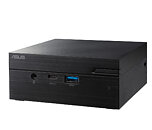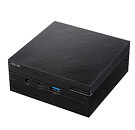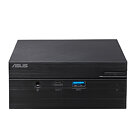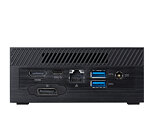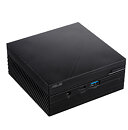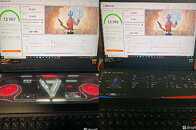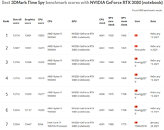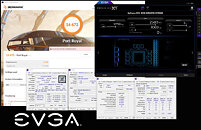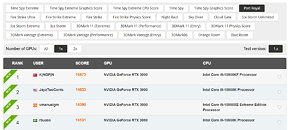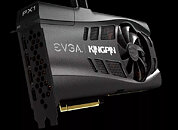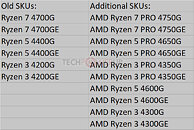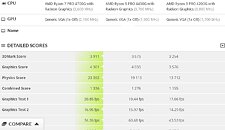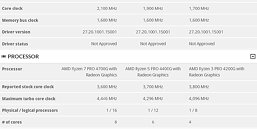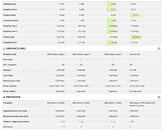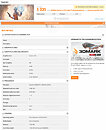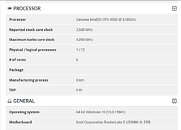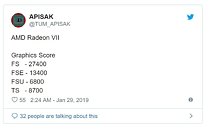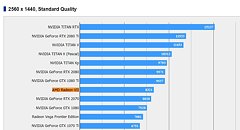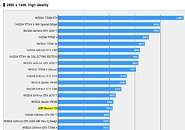
Radeon 8060S Early Reviews: RTX 4070 Laptop-Class Performance in an iGPU
Well, the wait is over and early reviews for AMD's Strix Halo APUs have finally dropped. For those who kept up with the leaks and rumors, the high-end RDNA 3.5 Radeon 8060S iGPU was repeatedly rumored to features up to 40 CUs, allowing for raw performance that keeps up with several discrete-class mobile GPUs. Now that we have concrete information, it appears that the Strix Halo iGPU does indeed trade blows with mid-range mobile GPUs, which is an undeniably impressive feat for an integrated unit. Some of the fastest x86 iGPUs - the Arc 140 V, Radeon 890M, are all left in the dust, although Apple's highest-end offerings are unsurprisingly well ahead.
Starting off with 3D Mark Time Spy, the 40-CU Radeon 8060S, housed in the 13-inch ROG Flow Z13, managed an impressive score of 10,200 points according to Notebookcheck. This puts the iGPU in close proximity to other RTX 4070-powered 14-inch gaming laptops, such as the Zephyrus G14 which managed to rake in around 10,300 points. Compared to the previous iteration of the ROG Flow Z13, which boasts a 65-watt RTX 4070, the Radeon 8060S-powered Z13 pulls ahead by around 5%. Laptops with more substantial power envelopes do race ahead significantly, such as the 140-watt RTX 4070 Laptop-powered Razer Blade 14 which managed over 13,000 points. In the Steel Nomad benchmark, however, the Radeon 8060S appears less impressive, trailing behind not only the RTX 4070 Laptop, but also systems with the RTX 4060 Laptop GPU (110 W).
Starting off with 3D Mark Time Spy, the 40-CU Radeon 8060S, housed in the 13-inch ROG Flow Z13, managed an impressive score of 10,200 points according to Notebookcheck. This puts the iGPU in close proximity to other RTX 4070-powered 14-inch gaming laptops, such as the Zephyrus G14 which managed to rake in around 10,300 points. Compared to the previous iteration of the ROG Flow Z13, which boasts a 65-watt RTX 4070, the Radeon 8060S-powered Z13 pulls ahead by around 5%. Laptops with more substantial power envelopes do race ahead significantly, such as the 140-watt RTX 4070 Laptop-powered Razer Blade 14 which managed over 13,000 points. In the Steel Nomad benchmark, however, the Radeon 8060S appears less impressive, trailing behind not only the RTX 4070 Laptop, but also systems with the RTX 4060 Laptop GPU (110 W).












